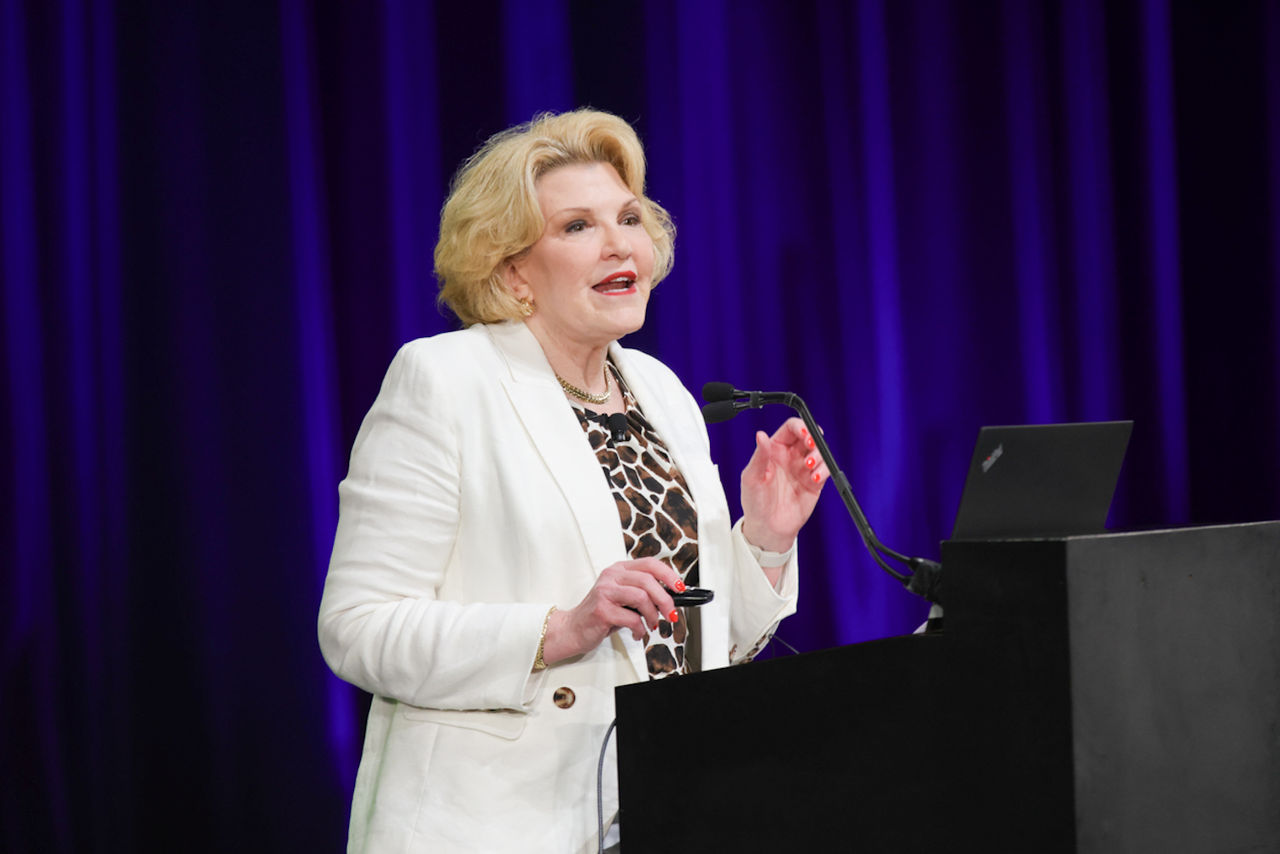5 Ideas To Bolster The Pursuit Of Wellness
An inclusive, engaging, and robust culture is critical to championing health and wellness in the workplace. Laying the bedrock for a way of life where everyone prioritizes total well-being is the responsibility of the leaders who conceptualize and define the ideal organizational culture. Moreover, the premise of such an ecosystem can be set by normalizing wellness dialogues and fostering internal networks where staff can deliberate and discover answers to their wellness concerns. Let us unfurl some practical and puissant ideas to enforce the organizational vision of achieving total health and wellness across levels.
Transform Culture Through Transformational Leadership, Fairness, and Engagement
Priyanka S., Vice President-Human Resources in IDBI Capital Markets & Securities, expresses, "My personal belief is that transformational leadership, employee engagement, and organizational justice are the three key components needed to create a culture of well-being." By way of idealized influence, transformational leadership ingrains empathy, mutual respect, and trust among employees. Engagement programs work as a beacon to employees' self-expression and connectedness with the organization. Fairness is the essence of the value system, guiding employee behavior and molding leadership character, which then translates into objective decision-making and inspiring motivation. The three pillars above concomitantly enrich a work culture where health, fitness, and well-being precede everything else.
Drive Wellness to Transcend Corporeal Health
Aseem Nath Tripathi, CHRO in Vestige, says, "We must nourish a tree's roots in order to make it green. Similarly, we must focus on improving the root cause of human health, which is their mental and emotional well-being, and physical health will invariably follow." Mental health goes beyond the check-in-the-box periodic programs. It is an ongoing process of factoring in personalized individual needs in real-time to lead to their voluntary efforts to adopt a healthy lifestyle. Companies with sizable workforces are also impaneling in-house psychologists to address employees' need for emotional relief on a real-time basis.
Developing cultural-social clubs promoting art forms such as paintings, sculpture making, poetry, drama, and music can be a gateway for employees to shed their inhibitions and express themselves openly. Expressing by way of showcasing talent releases endorphin hormones to help relieve stress and improve the sense of well-being.
Let Managers be Advisors for Executing the Wellness Plan
Most HR initiatives go unnoticed, resulting in lesser adoption. Reflect on how to make the messaging resonate with people working at all levels. HR efforts alone are not cromulent; managers and leaders are equal partners in reaching an organizational fitness goal. Megha Gupta, HR Director in Fiserv, said, "Managers become your advisors and change agents in accomplishing the cultural shift when you include them and collaborate with them to drive the transition." A common practice that companies are adopting involves managers identifying the member(s) from their teams whose health needs attention or dedicated one-on-one health counseling. Involving managers as partners eradicate their reluctance to recognize health as a priority.
Empower Individuals to Become Health and Fitness Evangelists
One of the main issues the HR fraternity grapples with is people's disregard and indifference toward their own health; everything else falls in place once people are willing to take themselves seriously. To enhance wellness outreach and its impact, organizations must not only implement robust interventions but identify, recognize, and socialize employees' remarkable efforts to trigger others to emulate.
Many companies identify employees with a dedicated focus on personal fitness and promote them as wellness ambassadors for the company, thus, inspiring others. This is a fantastic example for organizations to draw inspiration from and impel their employee recognition efforts a notch higher.
Make Employees' Families Their Partners in Health
Burnout is not caused by employees' demanding work life alone, but the events in their personal life also take a toll on their mental and emotional well-being. Often, health drives mitigate the effects of burnout on a surface level. Not uprooting the deep-rooted cause of contention leaves the scar at the subconscious level leading to anxiety, depression, and other mental illnesses. So, what should be done to cause a change at a deeper level in mental health?
Anupama Sachdeva, Head of HR in Concentrix, suggests, "Making employee fitness a family affair leads to a sense of gratitude and pride. A letter of appreciation to the family as well as a personalized note stating and applauding the employees' efforts, goes a long way. Family members as an important ally help to drive the culture of wellness." Celebrating fitness with employees' kin, sponsoring virtual or on-ground wellness events with families invited, and forming a community for relatives to share their health and fitness stories are some ideas to allow families of employees to be their fitness partners in fortifying their total wellness journey.
Closing Thoughts
Achieving a cultural shift in the organizational expanse involves having a holistic view of strengthening mental, emotional, physical, and financial well-being and uniting diverse beliefs, values, and ideas. Linking employees' personal fitness goals with company-driven engagements makes them enthusiastic, resulting in their pleasant emotional-mental state of being. To maintain the efficacy of wellness programs using the three-pronged approach works well, i.e., launch interventions, measure their effects, and reform them from time to time, basis the dynamic needs of the workforce. Agility in execution forges the structural support necessary to make well-being programs yield a happier and healthier workforce.
Advertisement
An organization run by AI is not a futuristic concept. Such technology is already a part of many workplaces and will continue to shape the labor market and HR. Here's how employers and employees can successfully manage generative AI and other AI-powered systems.
Advertisement


